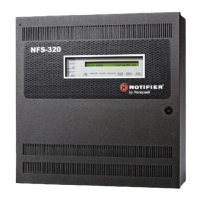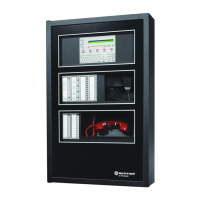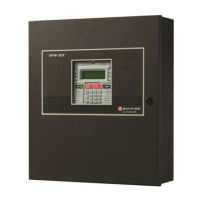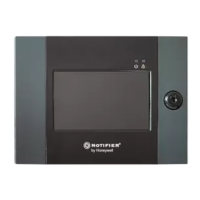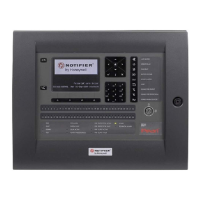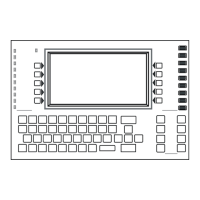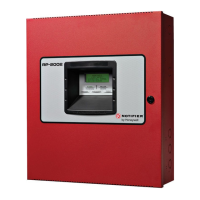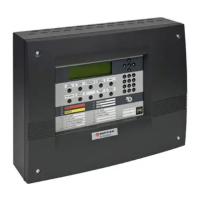NFS-320 and NFS-320SYS UL Listing Document — P/N 52745LD:G9 5/19/2022 9
Terminal Block/
Connector
Description Specifications
TB1 AC Power
• Voltage and current:
NFS-320(SYS): 120 VAC 5.0 A
NFS-320E(SYSE): 240 VAC 2.5 A
• Frequency: 50/60 Hz
• Wiring size: Maximum 12 AWG (3.31 mm
2
) with 600 VAC insulation
• Supervised
• Non-power-limited
TB2 Power Auxiliary Outputs
• Voltage: 24 VDC power at 0.5A
5 VDC power at 0.15A (See Note 1 and 10)
• Power-limited (Class 2)
• Maximum Ripple: 176 mVrms
• Class B wiring. Supervise with a power supervision relay EOLR-1
• Ground Fault Impedance: 0 ohms
• Supervised
TB3 Battery Connection
• Voltage: 24 VDC
• Battery type: Sealed lead-acid
• Maximum Battery Capacity: 200 AH
• Non-power-limited
• Over-current protected
• Battery Charger Voltage: 27.6 VDC +/- 0.24 VDC
• Battery Charger Current: 2.0 A or 5.7 A (Software selectable)
• Supervised
Notes:
1. Total current drawn from the power supply by TB2, TB6 through TB9 and TB10 cannot exceed 3.0 A in standby or 6.0 A in an alarm
condition. The Control Panel provides a total of 4.4 A of power in standby and 7.4 A of power in alarm to be shared by all internal circuitry
and external provisions (24 V resettable and non-resettable).
2. NFPA 72 Local, Proprietary, and Central Station systems require 24 hours of standby power followed by 5 minutes in alarm.
3. NFPA 72 Auxiliary and Remote Station Systems require 24 hours of standby power followed by 5 minutes in alarm.
4. Batteries installed in a system powered by an automatic starting engine generator need to provide at least 4 hours of standby power.
5. Factory Mutual requires 90 hours of standby for deluge-preaction systems.
6. Emergency voice/alarm communications systems require 2 hours of operation in the alarm condition. Due to the sporadic nature of voice
operation, however, NFPA 72 permits 15 minutes of operation at a maximum connected load to equal 2 hours of normal use.
7. If the total exceeds 26 AH, the system requires a separate NFS-LBB, BB-100 or BB-200 battery enclosure for two larger capacity
batteries.
8. The following battery derating factors must be used for Canadian installations using NFS-320 charger:
• For a 26 AH battery, use derating factor of 1.5
• For a 55 AH battery, use derating factor of 1.8
• For a 100 AH battery, use derating factor of 2.5
• For a 200 AH battery, use derating factor of 2.5
• For 26 AH batteries: maximum standby current cannot exceed 0.65A; maximum alarm current cannot exceed 6.75A.
9. Internal Battery Charger on the CPS-24/E is rated for use with 18 AH to 200 AH batteries.
10. Accessories using the 5 VDC power connection must be located within 10 ft (3.658 m) of the FACP
11. UL2610 Proprietary Burg requires 24 hours of standby power
Table 2 NFS-320 Power Supply Wiring Connections
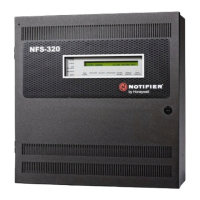
